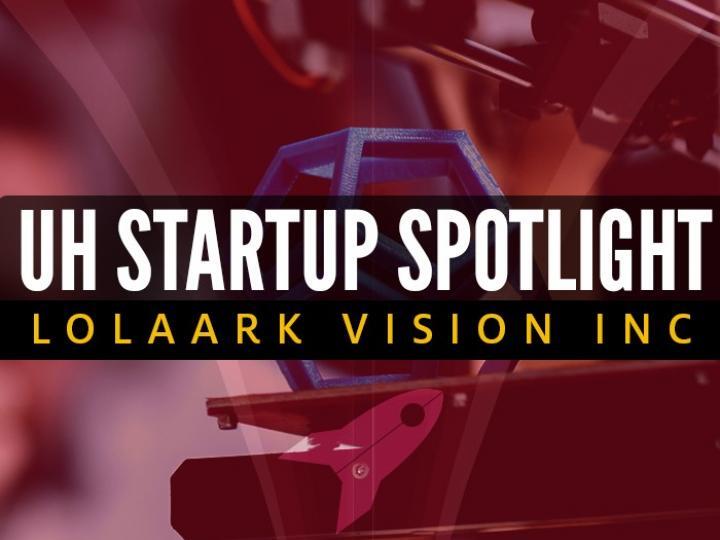Fog alone causes over 38,000 car wrecks every year. Haze was one of the reasons for the helicopter crash that killed professional basketball player, Kobe Bryant, his daughter and seven other passengers in 2020. Founder of University of Houston startup Lolaark Vision Inc., Emanuel Papadakis, said that this is why “expanding the radius of visibility is very crucial for navigation safety.”
Lolaark Vision Inc. develops software for live video streams and still images to restore visibility for drivers, vehicle operators and artificial intelligence to view potential hazards.
“Vehicles can be self-driving cars, or drones, aerial and underwater. Our software works with any HD camera that provides very high bit stream and even in the harsh visibility conditions it manages to bring up the shape of objects in the foreground and the background and at the same time suppress haziness,” said Papadakis, professor of mathematics at UH.
It all started 10 years ago at the University with face recognition software. Papadakis was working on a team project with Ioannis Kakadiaris, Hugh Roy and Lillie Cranz Cullen, distinguished university professor of computer science. They were working on developing face recognition algorithms. Lack of illumination is a major source of recognition errors, so neutralizing its effects on face recognition is prerequisite for high accuracy. At the end of the project, Papadakis started working independently on the mathematics of image formation for uneven illumination that eventually became the thesis topic of Lolaark Vision’s co-founder, Sanat Upadhyay, Ph.D.
Papadakis and Upadhyay began experimenting with illumination non-uniformity and after processing an image of heavy fog, it was enhanced, and several shapes had been restored. They then realized the broader potential of what they had just discovered.
“We started exploring the potential of our technology on the clarity restoration of subaquatic live video stream in murky waters. After, several experiments we conducted with the help of our partner company, the Texas Commercial Diving, and a lot of work, brainstorming sessions, studying papers, and learning new software we developed a prototype that has been tested in various adverse visibility conditions,” Papadakis said.
Thus, Lolaark Vision Inc. was born. The startup’s vision is to create operational safety products that will reduce the exposure to risks caused by poor visibility conditions.
“The biggest value we see in our software is its impact on transportation safety, and in reducing uncertainties in camera inspections of vital infrastructure and of the environment,” Sanat said.
Since its creation, Lolaark Vision Inc. has created a prototype of this software that will clarify video with poor visibility due to fog, haze, darkness, water turbidity and other things of that nature. They have also discovered algorithms to "recover significant shape characteristics of objects, enhance structural details and suppress clutter.”
“Our prototype has proven to be effective in many of these circumstances,” said Sanat.
“Our prototype for underwater inspections has been thoroughly field-tested and consistently increased the radius of visibility up to four times in very murky waters. It is now getting ready for its first commercial release as a video clarifier for camera inspections by commercial divers by mid-2022.”
Papadakis said that technology changes rapidly and it is important to not just think big but to think smarter and create more intelligent systems. “As researchers we know that there is no technological advancement that solves all problems,” he said. This is what leads to creating new “groundbreaking” inventions.
Lolaark Vision Inc. is hard at work on their new products. The company is preparing to have a series of new products. The first product will be for live underwater inspections of underwater assets. They are working on another product for submersible ROVs. Before the end of 2023, they plan to have a product for drones and a prototype released for autonomous vehicles.
According to Papadakis, the company plans to continue innovating and aspires to be a company with strong research and development portfolios.
